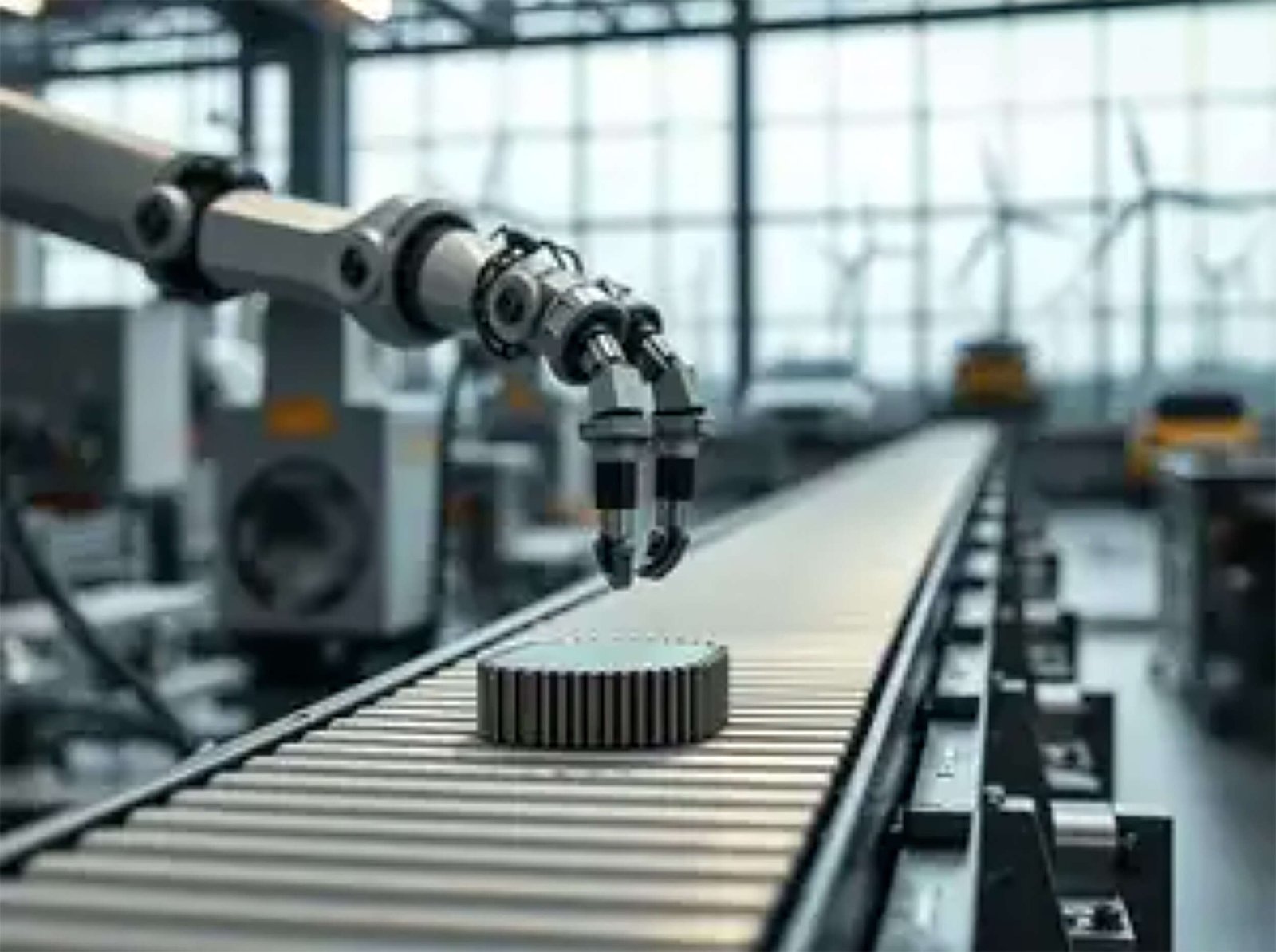
In an all-too-familiar headline, China’s ministry of commerce announced new and wide-ranging export controls on rare earth elements (REEs) and related technologies from December 1, 2025. The latest export controls on REEs have become a familiar move in its geopolitical playbook, designed to create short-term buzz ahead of high-stakes trade negotiations.

Old hand: Beijing’s threats this time confirm its intention to negotiate
However, this recurring tactic is quickly losing its potency. While the restrictions will cause immediate supply chain disruptions, they ultimately serve as a catalyst for the very thing Beijing wants to avoid: global diversification. Under Beijing’s new rules, foreign companies now need its approval to export any product containing more than 0.1% Chinese REEs or manufactured using their extraction technology. The ministry added five more REEs to its control list, bringing the total to 12. Moreover, applications from defence contractors will be denied outright, while semiconductor manufacturers face case-by-case reviews.
The timing is predictable. These restrictions give China negotiating leverage ahead of the Trump-Xi summit at the Asia-Pacific Economic Cooperation forum later this month. Beijing used the same playbook in June when it first imposed REE controls, only to negotiate a six-month deal with Trump that lifted restrictions in exchange for exemptions on Chinese student visas.
However, the situation has changed since. The US is no longer caught flat-footed. In August, the department of defence took a 14.9% equity stake in MP Materials, the only operating rare earth mine in the Western Hemisphere, that aims to double processing capacity. The Pentagon is also funding Australian company Lynas to build a processing facility in Texas. These moves represent the first serious American effort to rebuild capacity since the 1990s.
Numerous industries like automotive, electronics, and defence rely on a stable supply of Chinese REEs. China controls roughly 70% of global mining and nearly 90% of the refining and processing of these minerals. But this short-term pain is limited and negotiable. The US, for example, imported only $170 million in rare earths in 2024, down from $186 million in 2023. The India figures are even lower. More importantly, China has shown a willingness to negotiate.
China’s rare earth stranglehold was never inevitable. The country’s dominance is not because it possesses superior technology that cannot be replicated elsewhere, but through decades of govt subsidies and predatory pricing. When Western companies attempted alternative supply chains in the 2000s, state-subsidised dumping forced them into bankruptcy. But export restrictions eliminate that threat. Beijing cannot simultaneously restrict supply and flood markets with cheap REEs. Additionally, the underlying technology is neither new nor proprietary. Moreover, the technological landscape too is shifting away from rare earth dependence. Tesla has announced that its next-generation vehicle platform will eliminate rare-earth magnets completely. Toyota and European suppliers have demonstrated permanent magnets that replace half the heavy rare earth content with more abundant lanthanum and cerium.
By imposing such export controls, China accelerates all these trends. High prices incentivise substitution research. Supply uncertainty drives companies to qualify alternative suppliers. Each time Beijing plays the rare earth card, it burns credibility and pushes customers toward China+1 strategies.
The way forward? Impose countervailing duties against Chinese REEs to protect upcoming projects from predatory pricing. Establish joint stockpiles through multilateral frameworks like the Minerals Security Partnership. Accelerate recycling and substitution research. Urban mining from discarded electronics and motors can recover substantial volumes. Finally, promote friendshoring through equity investments in allied countries’ projects.
India possesses an estimated 1.6 million tonnes of rare earth oxides (the world’s sixth-largest reserve). IREL is establishing a rare-earth permanent magnet plant in Visakhapatnam. The newly launched National Critical Mineral Mission provides the policy framework to accelerate these efforts. India’s lower demand provides a buffer during short-term disruptions. Yet that alone should not lead to complacency. India’s immediate priority should be to deregulate all parts of this supply chain, and fast-track approvals. Simplifying licensing for domestic exploration and mining, and funding exploration projects to reduce information asymmetry, will help. China has revealed the same card many times over. The first time caught the world off-guard. The nth time is simply confirmation that Beijing has no other leverage of comparable potency. The opportunity is for others to take.
Disclaimer
Views expressed above are the author’s own.
END OF ARTICLE





